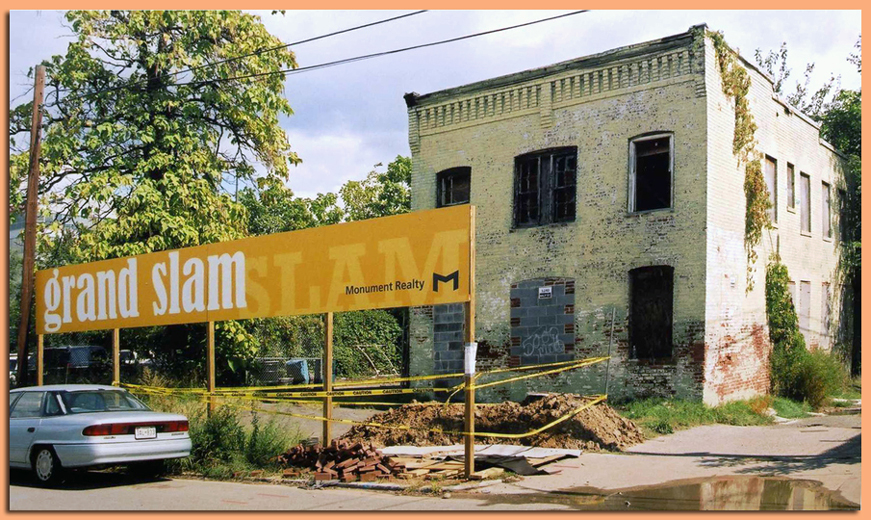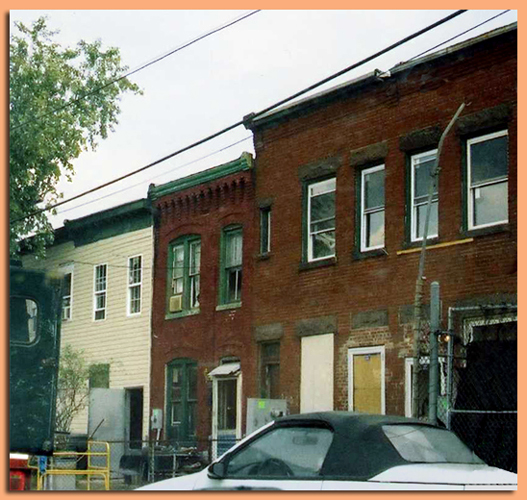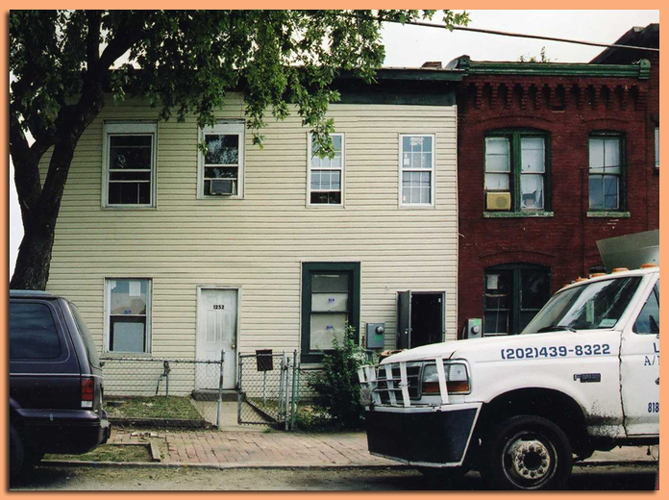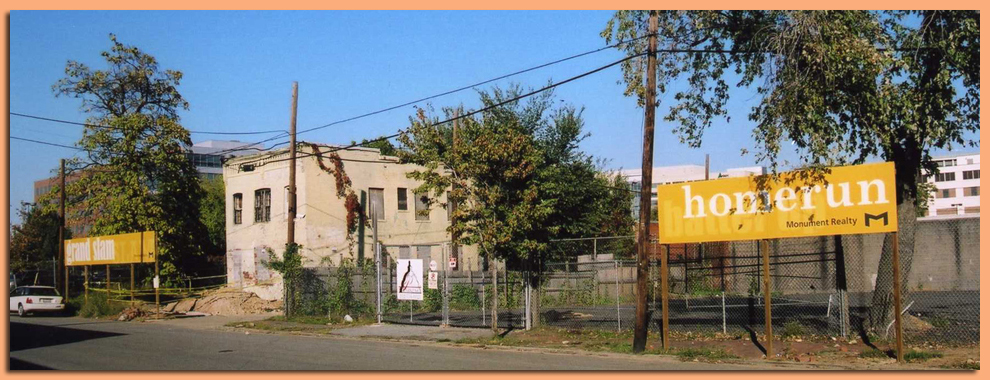
Current plans call for Half Street SE to become a promenade leading pedestrians between the Metro stop on M Street and Nationals Stadium two blocks to the south. Artist's renderings suggest that much of the promenade will run between high rise walls that will reflect nothing of the scale and character of the Victorian neighborhood which once stood on its site.
The west side of the 1200 block of Half Street remained undeveloped until 1936, when Capitol Transit constructed its huge M Street bus garage designed by famed auto age architect Arthur B. Heaton. However, during the 1890s the east side of what was then called "One-Half Street" had filled in with small row houses. Surprisingly, although the main gate of the Navy Yard was just a few blocks east on M Street, most of Half Street's early male residents worked in the building trades for privately-owned firms.
In 1910, all residents of the 1200 block were white. However, by 1920, African-Americans lived in the rows of houses at either end of the block. By 1930, only two of the twenty-five odd dwellings in the block housed white families.
Most houses in the 1200 block were standing as late as 1977 and a half-dozen endured until stadium construction began in 2005. However today only the former F.H. Litchfield Laundry at 1240 Half Street (above) survives, however briefly.
Frederick Litchfield, a Massachusetts native, built his laundry in 1893, and lived above it with his wife, seven children, and various in-laws for decades. In the days of wool uniforms, washboards, and flat irons, athletic connections were an asset in the laundry business. Fred Litchfield was secretary of the Washington Athletic Club, whose clubhouse stood on South Capitol Street, as well as an official in local bowling leagues. His son Fred, nicknamed "The Whip", carried on the family tradition as one of Washington's dominant semi-pro bowlers of the 1930s and 1940s.



